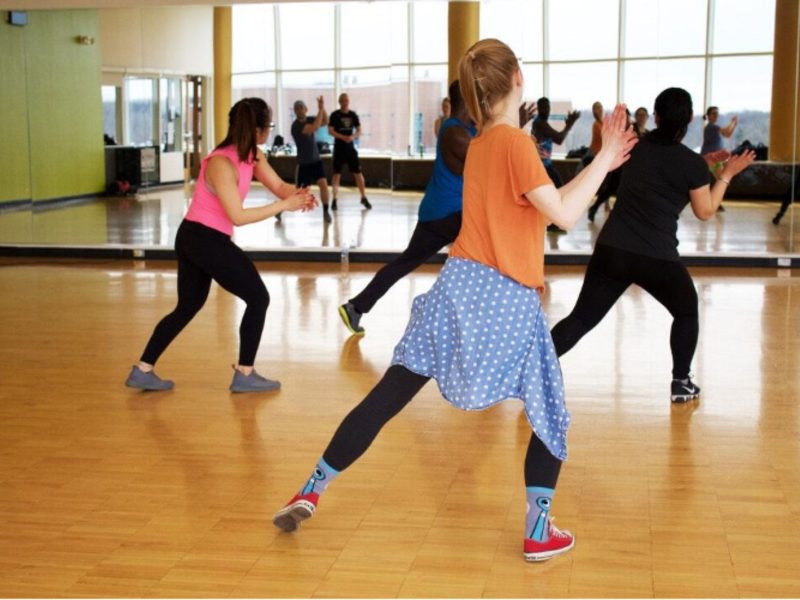Do you feel the right moment to take the leap and get a tattoo has come? If so, it is best to be prepared by gathering as much pertinent information as possible. So, to help you in this endeavour, this article covers the first question you have to tackle, ‘where abouts should I get my tattoo’?
This answer to this query relies upon three different factors:
1. The Type of Tattoo You Want to Get
While tattoos are art pieces, the reality is that not all art makes good tattoos. In addition, there are some parameters and limitations to tattooing that restricts what your tattoo artist can achieve. Consequently, some art types don’t translate well on the skin. As a result, you must be willing to give full consideration to your artist’s guidance and trust their expertise to steer you in the right direction.
Beyond translation, different tattoo and art styles also work better on certain areas of the body than others. For example, large, intricate pieces with elements of realism are better suited to larger spaces, like the forearm or thigh, than smaller areas like the back of the hand. Additionally, if you want a script type tattoo, you must know that its appearance can benefit from the right placement. In this case, readability determines the best place to ink a script tattoo.
All these concerns have one thing in common: relying on your tattoo artist’s know-how to help guide you to the best approach.
2. Do You Want to Be Able to See It?
Getting a tattoo is not a novelty. However, it is still a deeply personal journey. Therefore, your placement choice depends on how visible you want it to be. Making the decision relies on the underlying reason for your getting a tattoo. It may be a celebratory expression, a symbol of strength and achievement, or a fashionable endeavour. In all these cases, you may prefer to have a visible tattoo, as the ability to show them off also demonstrates your pride in the reason and the process of getting them.
Conversely, if you work or are applying for employment in an industry with more conservative ideations, it is better to avoid getting any visible tattoos.
3. How Much Does It Hurt?
As mentioned above, getting a tattoo is a deeply personal process. Therefore, the pain levels, or their perception, differ from person to person. Therefore, keep in mind that depictions of the ‘worst places on the body to get tattooed’ are not entirely accurate for everyone. As such, those stories you hear of someone throwing up or passing out during a tattooing session may not apply to you. On the contrary, those who experience such hardships do so because:● They failed to eat before the session. ● They are reacting to the stress of anticipating getting the tattoo.
If you want to avoid the ‘scary’ aspects of getting a tattoo, you can bring distractions to help keep your mind occupied. So, take a book, download your favourite podcast, queue up a playlist of your choice, and get comfortable. But remember needing help isn’t unseemly. Your tattoo artist probably has some art of their own. Therefore, they know what you are going through while on their chair. Thus it is best to communicate your needs to them. Ask for a break when you require one. Request explanations and some coaching through the process if you have to. And finally, don’t forget to breathe and remain as calm as you can.
All in all, remember that pain and healing during and after getting a tattoo are temporary sensations while the ink and artwork are permanent. Therefore, the prospect of enduring the two should not discourage you from commissioning your ideal tattoo.



